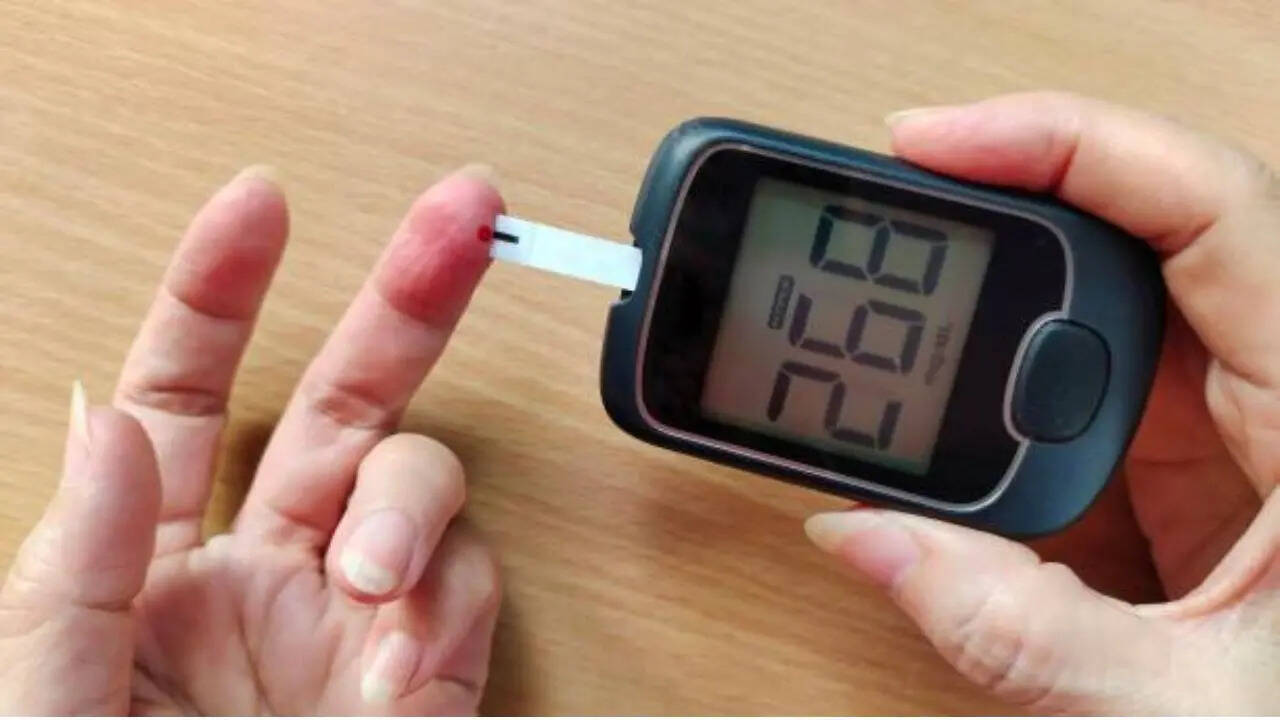Health
Mastering Your Glucometer: Essential Tips for Accurate Readings

Monitoring blood sugar levels is crucial for individuals living with diabetes. A glucometer serves as an essential tool, providing vital insights that help manage this condition effectively. Correct usage of a glucometer ensures reliable readings, allowing users to adjust their diet, exercise, and medication as needed.
Understanding the Role of a Glucometer
A glucometer is designed to measure blood glucose levels, offering various benefits for diabetes management. According to the American Diabetes Association, this device helps individuals:
– Check blood sugar levels regularly.
– Respond effectively to physical activity.
– Identify foods that cause fluctuations in glucose levels.
– Monitor the impact of medications and other therapies.
Regular monitoring can empower users to make informed decisions about their health, contributing to better overall control of diabetes.
Steps for Effective Glucometer Use
Using a glucometer accurately requires a few straightforward steps. Here is a guide on how to utilize this device effectively:
1. **Preparation**: Begin by washing your hands thoroughly with soap and water or using an alcohol pad. This step minimizes the risk of infection and removes any food residues that could affect the results.
2. **Setting Up**: Dry your hands completely to prevent any moisture from diluting the blood sample. Insert a test strip into the glucometer, following the prompts displayed on the screen.
3. **Obtaining a Blood Sample**: Use the lancing device to pierce the side of your finger, preferably near the fingernail. Squeeze your finger gently until enough blood is available for testing.
4. **Testing**: Place the blood drop onto the test strip and wait for the glucometer to generate a reading.
5. **Aftercare**: Blot your finger with an alcohol pad to stop any bleeding and clean the area.
Accurate readings depend not only on proper technique but also on the device’s maintenance.
Recording and Interpreting Results
Keeping a log of your glucometer readings is essential. This record helps in discussions with your healthcare provider, facilitating a tailored treatment plan. Based on the results, your doctor may recommend specific actions, such as administering insulin to lower high blood sugar levels or consuming carbohydrates to address low levels.
Experts suggest that the ideal target range for blood sugar levels varies by individual. Factors such as age, duration of diabetes, coexisting medical conditions, and pregnancy status contribute to determining this range. Collaborating with a healthcare provider is crucial in establishing the most appropriate targets.
Preventing Glucometer Issues
Occasionally, users may encounter problems with their glucometer readings. To mitigate these issues, consider the following recommendations:
– Always have spare batteries on hand to avoid interruptions in testing.
– Do not use expired test strips, as they can yield inaccurate results.
– Store test strips in a cool, dry place and ensure the container is tightly sealed.
– Clean your glucometer regularly to maintain its accuracy.
– Use the recommended blood sample size, as some devices require larger samples than others.
By adhering to these guidelines, individuals can ensure that their glucometer remains a reliable tool in managing their diabetes effectively.
With proper education and consistent monitoring, those with diabetes can maintain better control over their blood sugar levels, leading to improved health outcomes.
-

 World5 months ago
World5 months agoSBI Announces QIP Floor Price at ₹811.05 Per Share
-

 Lifestyle5 months ago
Lifestyle5 months agoCept Unveils ₹3.1 Crore Urban Mobility Plan for Sustainable Growth
-

 Science4 months ago
Science4 months agoNew Blood Group Discovered in South Indian Woman at Rotary Centre
-

 World5 months ago
World5 months agoTorrential Rains Cause Flash Flooding in New York and New Jersey
-

 Top Stories5 months ago
Top Stories5 months agoKonkani Cultural Organisation to Host Pearl Jubilee in Abu Dhabi
-

 Sports4 months ago
Sports4 months agoBroad Advocates for Bowling Change Ahead of Final Test Against India
-

 Science5 months ago
Science5 months agoNothing Headphone 1 Review: A Bold Contender in Audio Design
-

 Top Stories5 months ago
Top Stories5 months agoAir India Crash Investigation Highlights Boeing Fuel Switch Concerns
-

 Business5 months ago
Business5 months agoIndian Stock Market Rebounds: Sensex and Nifty Rise After Four-Day Decline
-

 Sports4 months ago
Sports4 months agoCristian Totti Retires at 19: Pressure of Fame Takes Toll
-

 Politics5 months ago
Politics5 months agoAbandoned Doberman Finds New Home After Journey to Prague
-

 Top Stories5 months ago
Top Stories5 months agoPatna Bank Manager Abhishek Varun Found Dead in Well









